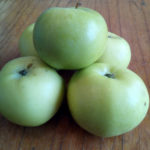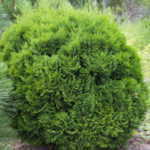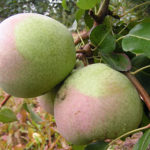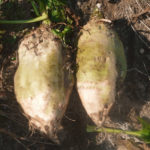How do I change the color of a hydrangea in my garden?
Hydrangea fell in love with many flower growers for its lush spherical inflorescences, which give the flower garden a special charm. Of the many species of this plant, the large-leaved hydrangea (Hydrangea macrophylla) is especially popular.
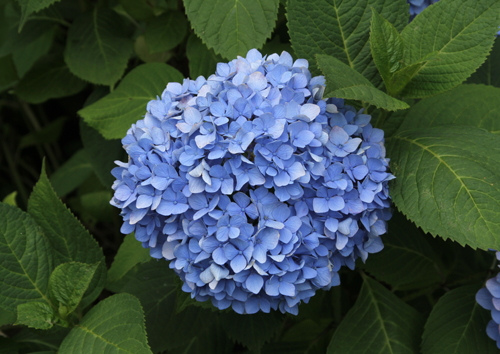
It is a natural indicator of soil acidity, and at different pH values, the color of the buds can change and take on a pink or blue tint.
Why does the color change occur?
The color of the inflorescences changes due to the presence of a specific plant pigment, called delphinidin-3-monoglycositis. It reacts to changes in the acidity of the soil solution in the presence of mobile aluminum compounds. To be more precise, the acidity of the soil is a secondary factor, and the salt composition plays a key role.
As a rule, most soils (especially loams) contain sufficient reserves of aluminum salts, but in the case of low acidity (pH above 5.5 units), these compounds are in a bound state, that is, inaccessible to plants. With an increase in acidity, aluminum compounds turn into a mobile form and are easily absorbed by hydrangea, as a result of which we have a blue color of flowers.
Acidic peat soils have a fairly high acidity, but they practically do not contain aluminum salts, therefore, in most cases, the color of hydrangea flowers grown in peat bogs will be pink, as well as on soils with a neutral or alkaline reaction.

Another factor affecting the mobility of aluminum is the concentration of macronutrients, in particular, phosphorus. It reacts with aluminum compounds and converts them into sparingly soluble salts.
Determination and change of soil acidity
It is possible to approximately determine the acidity of the soil solution by the presence of certain plants. For example, sorrel feels at ease at a pH level in the range of 4-5 units; blackberry, horsetail, mint and plantain prefer acidity in the range of 5.1-5.5. The acidity can be most accurately determined in the laboratory. You can also measure the pH level using special portable electronic devices or complex chemical indicators (widely used in aquaristics).
If it is necessary to lower the acidity (increase the pH value), add lime, chalk or dolomite flour to the soil substrate. The application rates of lime material are calculated based on the level of acidity, the mechanical composition of the soil, as well as the type of alkaline material. For example, lime will be required:
- on light loams with strong acidity (pH in the region of 4.1-4.5) - 300-400 g / m2;
- on heavy loams of medium acidity (pH in the range of 4.6-5.0) - 500-600 g / m2.

If it is necessary to increase the acidity (decrease the pH value), it is necessary to add elemental sulfur or aluminum sulfate to the soil substrate. For example, to increase the acidity (change the pH from 6.0 to 5.0 units), powdered sulfur will require:
- for loam 110 g / m2;
- for sand 60 g / m2;
- for clay 160 g / m2.
Growing hydrangeas in containers
The ideal option is container growing of plants in an artificial substrate. In containers, it is easier to control the pH level, and this approach also makes it possible to place other crops in the vicinity of hydrangea, the requirements of which for the acidity of the soil are radically different.
Various soils (for example, "Universal") or landless substrates (for example, peat or coconut fiber) can be purchased in the retail network, on the basis of which it is easy to prepare the ideal soil for hydrangeas.

For growing "blue" the substrate "Sour for conifers and rhododendrons" is ideal, to which clay (5-10% by volume) should be added to provide the plants with aluminum salts. You can enrich the soil with aluminum sulfate by adding 1.5 g of powder per liter of substrate. In the future, the required pH level is maintained by periodic watering (at least once every 2 weeks) with a 0.015% solution of aluminum sulfate (15 g of salt per liter of water). Do not water the "blue" hydrangea with clean water, as it contains a lot of carbonates that alkalize the soil.
Growing "pink" hydrangea in containers does not require any special tweaks.
Growing in the garden
Let's assume that we know the pH value of the soil. The first thing you need to pay attention to is a careful selection of a group of plants that will coexist with hydrangea. For example, the acidic soil is preferred by azaleas, lilies of the valley and rhododendrons - these are worthy companions of the "blue" hydrangea. Good neighbors will also be primroses, lilies and irises. But hyacinths, asters, tulips and daffodils need slightly acidic, neutral or slightly alkaline soil (pH in the range of 6-7.5 units), therefore, with significant acidification, these flowers will feel uncomfortable - only "pink" hydrangea can be grown here.
As for fertilizers:
- for feeding "pink" hydrangea, complexes with a predominance of phosphorus and nitrogen are used (the ratio of N-P-K is approximately 25:10:10);
- for feeding "blue" hydrangea, fertilizer mixtures with a low phosphorus content with a high concentration of potassium and a small proportion of nitrogen are used (N-P-K ratio is about 10: 5: 20).

